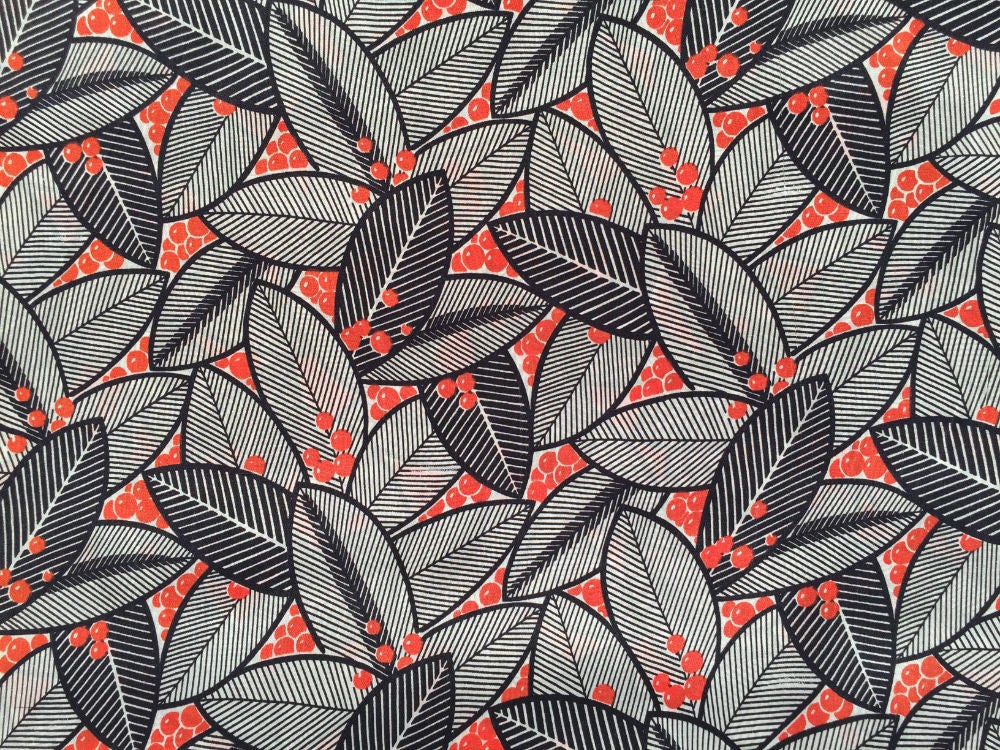
Online Collection
Now available online, the Historic Textile and Costume Collection supports teaching in the Department of Textiles, Fashion Merchandising and Design, as well as other departments on campus. Browse hundreds of objects in the collections and watch for updates as new objects are added.
The Textile Gallery is now open in Quinn Hall, first floor. The exhibit, East meets West: Textiles exhibit explores cultural exchange in fashion. Current Exhibit
Previous Exhibits
About the Collection
Historic Textile and Costume Collection
The URI Historic Textile and Costume Collection, located in Quinn Hall, contains approximately 20,000 objects. The mission of the Collection is threefold:
- Teaching textile, fashion design, historic costume, and historic textiles classes in the TMD department as well as other departments on campus
- Research by students, faculty, and visiting scholars
- Exhibition in the Textile Gallery and loans for exhibitions in other museums
Objects in the Collection include both costumes and textiles from all over the world. That is one of the storylines in a new exhibit, “Dressed for Business: A Retrospective Look at the Suit and Beyond (1923-2023),” that takes over the University of Rhode Island’s Textile Gallery in Quinn Hall starting Thursday, March 23. Presented by the Textiles, Fashion Merchandising and Design Department, the exhibit fits like a well-tailored suit with the College of Business’ 100th anniversary, providing a celebratory display of clothing from the University’s Historic Textiles and Costume Collection.
The special collections department of URI’s Library houses the related Commercial Pattern Archive of more than 40,000 paper patterns from the mid 19th century to the present time, and 50,000 images.
Textile Gallery
The Gallery was opened in 1999 after several years of fundraising and renovation of the space. It serves as a showcase for items from the Department’s Historic Textile and Costume Collection.
Developing the exhibits (currently 1-2 per year) is an invaluable experience for the Department’s graduate students as they work towards careers in museums, historical societies, and conservation labs.
